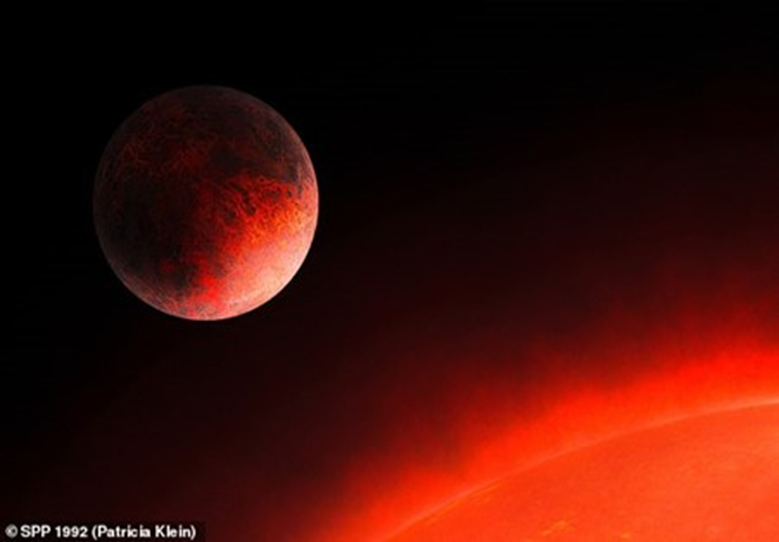Astronomers discover “the lightest planet ever” – as dense as “marshmallow”
Scientists have discovered a gas giant planet with the density of “marshmallow candy” or “Marshmallow”, orbiting a cold red dwarf star located 580 light years from Earth.
The Jupiter-like exoplanet, located in the constellation of Auriga the Charioteer, which has been dubbed TOI-3757 b, is the thinnest of all asteroids observed orbiting a red dwarf.
The outer planet has a diameter of 150,000 km, making it slightly larger than Jupiter, and orbits its host star once every 3.5 Earth days.
The research team calculated the average density of TOI-3757 b to find that it is 0.27 g per cube, which is one-fourth the density of water and would float if placed in a bathtub large enough to hold it.
Red dwarf stars are the smallest and fainter main-sequence stars that still convert hydrogen into helium in their cores through nuclear fusion, at a constant rate.
Although these stars are much cooler than the Sun, they are known to be very active and emit powerful glows that can strip any planet orbiting them of its atmosphere.
“Giant planets around red dwarf stars are traditionally thought to be difficult to form," Shubham Kanudia, lead author of the study and an astronomer at the Carnegie Institution in Washington, DC, said in a statement from the National Science Foundation's NOIRLab. So far, this has only been seen in small samples of Doppler surveys, which have found, usually, giant planets far from these red dwarf stars. Until now, we haven't had a large enough sample of planets to find nearby gas planets in a robust way."
And there are still some mysteries surrounding TOI-3757 b that scientists will have to solve - the biggest being how the planet could have formed, especially with its low density.
Kanudia and his colleagues think they may be able to explain how a low-density gas giant forms in such harsh and unfavorable conditions. They suggest that the low density of TOI-3757 b is due to two main factors.
The first factor relates to how the gas giant planet began its formation, with massive rocky cores about 10 times the mass of Earth, rapidly pulling large amounts of surrounding gas into Jupiter-like worlds.
The team believes that the low abundance of heavy elements in the red dwarf star orbiting TOI-3757 b means that the rocky core of this exoplanet may have formed more slowly.
This would have delayed gas accumulation in the shale core with an effect on the overall density of TOI-3757 b after formation (reducing its density).
The second factor, astronomers believe, is that TOI-3757 b's orbit is slightly elliptical, like a flat circle, so there are times when it is closer to its red dwarf star. These closer approaches lead to excessive heating of the planet, causing its atmosphere to inflate.
"Potential future observations of the planet's atmosphere using NASA's new James Webb Space Telescope can help shed light on its bloated nature," says Jessica Libby Roberts, a postdoctoral researcher at Penn State University.
Source: websites



